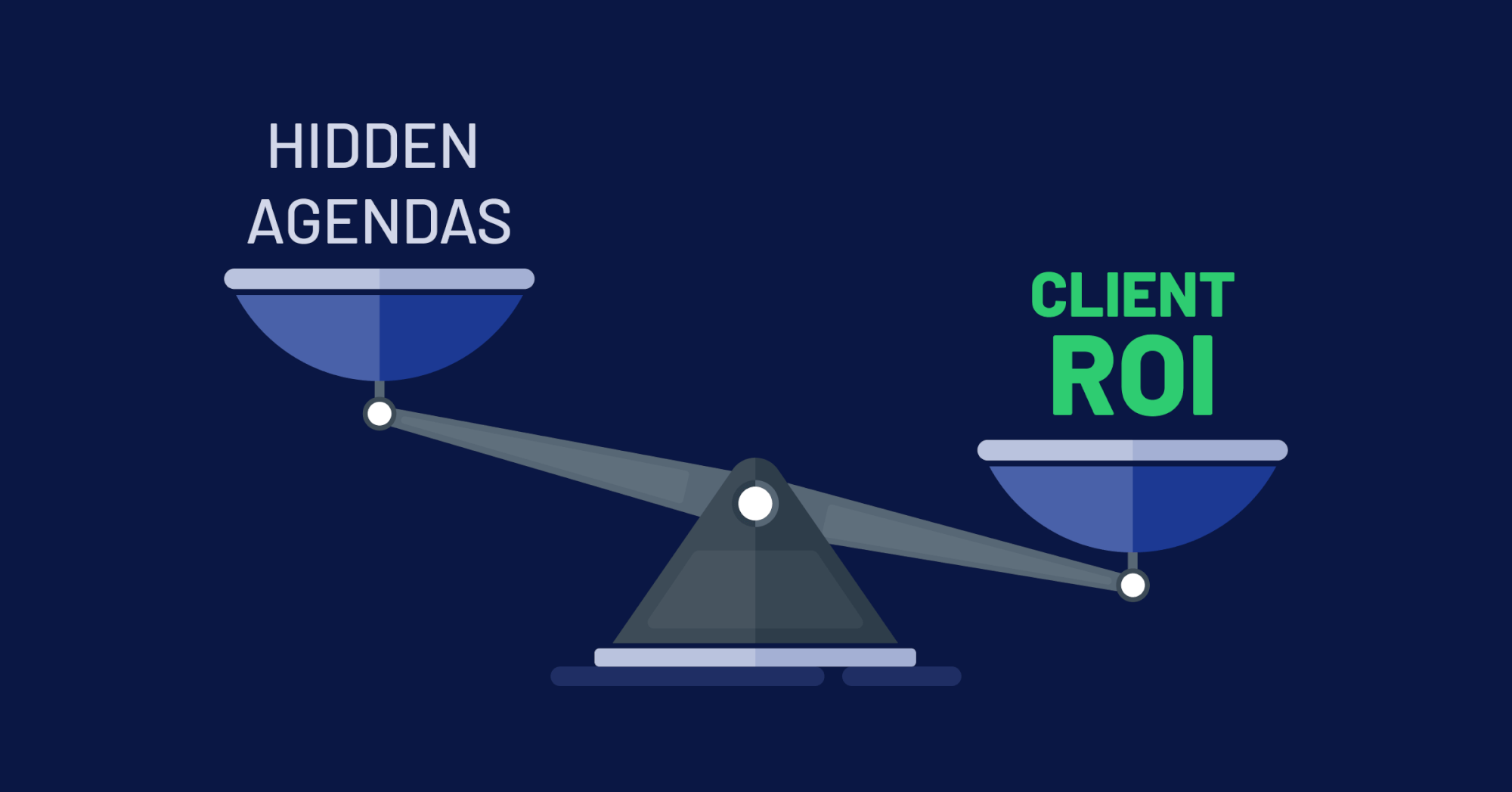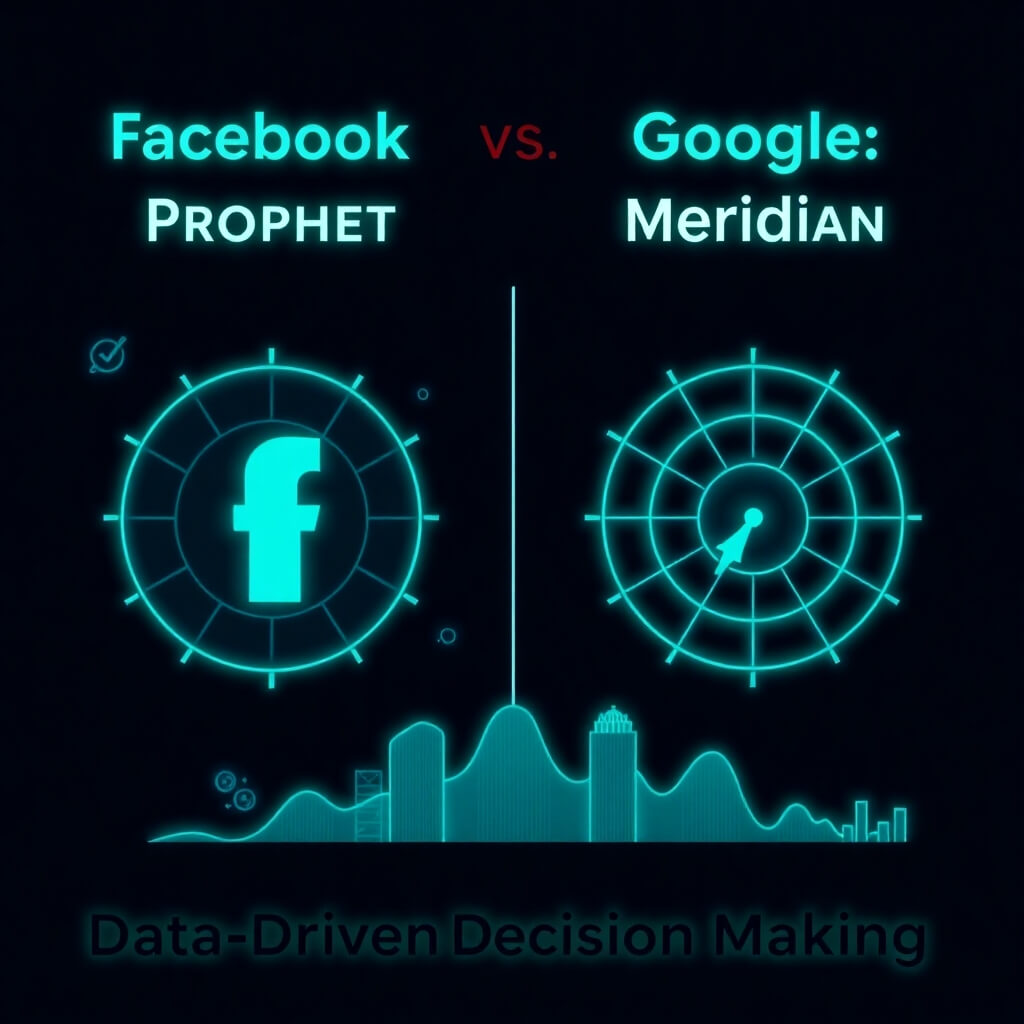You’ve just finished a great white paper. You’re about to release a killer infographic.
You’re now faced with a key strategic decision.
Do you give it away, to maximize awareness and educate the masses? Or, do you gate the asset in order to generate leads?
In the world of online marketing two forces that always seem to be in conflict are strategies aimed at maximizing awareness and those aimed at maximizing lead generation. The general perception is that if you want to maximize awareness, you must un-gate your asset so that it’s readily and easily accessible to all. Ideally the increased exposure will then facilitate opportunities generated by other programs. Conversely, if you want to generate leads you need to gate your assets so that you can capture user information. As a result you will limit awareness, because there will always a number of people who are interested, but not interested enough to provide you with even their most basic information in order to get your asset.
While there is always the “quality vs. quantity” argument to be made here, no matter which direction you go, in the battle “lead gen vs. awareness”, the perception is that there is always something that has to give. Therefore, as marketers we have more often than not become conditioned to the fact that if you want leads, you can’t have a strategy that is aimed at garnering awareness and if your goal is awareness; you can’t have a strategy aimed at garnering leads.
Well, I’d like to argue that this is a roadblock that can be passed. In short, you can have an awareness strategy that is rooted in lead generation. More specifically, you can still generate leads via non-gated assets.
However, to do this effectively it will require a shift in how we as marketers think about the lead generation process. What I mean here, is that instead of focusing on the “action” or the immediate reward, it requires us to think about the entire engagement path and process that a user goes though. Specifically, a non-gated asset strategy must not simply be about “giving assets” away, but it needs to be positioned as a means to entice users to engage more thoroughly, due to the fact that they now have an asset in their possession.
A Tiered Lead Generation and User Engagement Strategy
For a non-gated asset strategy to be effective, it needs to be viewed as a tiered lead generation strategy. Specifically, you need to take a phased approach to user engagement and lead generation, versus looking to do so in one fell swoop. The clear advantage to a non-gated model is that it ensures that anyone who is remotely interested in what you have to offer is able to access your asset(s). It’s a given that this does mean that you will likely lose some leads off the bat, as a certain amount of these people would have likely willingly provided their information to get the asset. However, when this process is looked at in the form of a tiered approach, by first getting an informative asset into the hands of a larger group of users, and then capitalizing on that interest to then generate leads, in my opinion the end result will be a greater number of more valuable and quality leads. Therefore while you may generate slightly fewer leads overall, those that you do generate will be ones that can actually be converted into opportunities. At the same time, by making your content readily accessible, you are still educating those who are “interested” in what you have to offer but just not ready to actively engage. These individuals could still convert at a later point in time, so not all is lost in this scenario.
Additionally, under this scenario you can also focus the efforts of your sales team on those who are actually interested in the product/service, not just interested in the asset. I believe this to be true, as leads that that will be captured via a non-gated, tiered lead generation strategy are comprised of individuals who’ve had the chance to “personally engage” your content, not just the offer. More specifically, these individual have your asset in their possession, and the reason for then re-engaging (becoming a lead) is based on defined need/interest vs. just the immediate desire to get an asset. However, the key to success with this strategy is to take the tiered approach with user engagement, and have a lead capture infrastructure that is geared towards re-engaging the users vs. just giving assets away.
With this being said, the following are a few tactics that I feel will enable the successful deployment of a non-gated asset strategy, through a tiered approach to lead generation.
1) Teaser Assets
Instead of providing the entire asset, provide a teaser. Simply stated, give users a top level abstract or first portion of an asset. However, the key is to clearly convey that there is more to be had and while the asset they have in-hand is surely informative, they are not getting the whole picture.
In structuring this kind of asset, the key is to convey an immediate sense of value, but also structure the asset so it leaves the user yearning for more. This can be one in a few forms:
Intro Article
This is a common strategy you’ll see with many online content driven sites where they let you read the first page or two, but to then continue on you need to complete a registration process.
Abstract/Executive Summary
This is really just an abbreviated version of the larger asset. Taking this approach does require that you create two different versions of the same asset and the Abstract/Executive summary must be compelling enough that it leaves the user wanting more, but at the same time does not give away the whole story.
With both of the aforementioned strategies, it also requires that you look to embed calls to action within the asset, so that the user is prompted then to go to a landing page to get the complete asset. This can be done at the end of the asset and/or with calls to action that are strategically inserted throughout the content.
2) Thank You Page Form
Thank you pages are often one of the most underutilized assets associated with any kind of lead gen program. In most cases they are used to deliver the asset and/or just confirm to the user that what they have requested has been provided. However, Thank You pages represent a terrific opportunity for further and continued user engagement. The reason being is that by the time the user has gotten to a Thank You page, they are interested enough to have taken the desired action you have initially put forth, so why not look to engage them again?
The key to making this strategy work is that when delivering the asset, you don’t just launch a PDF or associated download to deliver it, you do so via a Thank You page. It’s at this point where you then present a lead gen form.
This form can be utilized to deliver a more complete asset or upsell the user into getting something of greater value. The key in leveraging the Thank You page is to look at the asset you are delivering without the gate and make sure you connect a chain of value to what you are presenting via the form on the Thank You Page. Therefore you must make an “immediate” connection with the user and convey an “immediate” sense of value, as you are already giving them what they want and are now asking them to do something more. However, the advantage here is that you already have the user’s interest, so their propensity to engage is likely increased.
As for the kinds of assets to deliver via the Thank You page, you can deliver a more complete version of what’s being given away (Abstract vs. Complete Item) or provide them with a higher level asset such as a free trial or quote request.
3) Integrated Call to Action and Cross Sell
Another tactic is to integrate calls to action to other contextually relevant assets within the context of assets you don’t gate. With this strategy, the idea is to provide the entire asset in its complete form, but strategically embed calls to action within it that are associated with other assets that are aimed at further engaging the user. Essentially, what you are doing here is using the non-gated asset to cross-sell the user on other contextually relevant content.
Under this scenario, users are provided with a high value asset, but in reading it they are prompted to engage further to get other contextually relevant assets, which are in turn gated and facilitate lead generation. The key with this strategy is that you need to develop or provide additional assets that extend the value of what the user currently has. Therefore, this does require that a secondary set of assets be developed or leveraged, that are specifically aimed at extending the value of what’s already been provided.
Working Together
In outlining the three aforementioned strategies, a key thing to note is that these are not just stand-alone strategies, but rather they can and should be integrated. For example, a Thank You page strategy can also be integrated with an embedded calls to action as noted in the aforementioned “Teaser Asset” strategy. Therefore, if you don’t capture the user via Thank You Page, you can still engage them within the context of the asset. Likewise an “integrated call to action cross sell” and be combined with a “Thank You Page” strategy to connect users with the content being presented via the form on the Thank You Page, but now within the context of the asset. This way if the user does not engage right on the Thank You Page, they have the option to do so while reading the asset and seeing how things are further connected.
Ultimately leveraging a non-gated asset strategy does require a different user engagement and lead generation model than what is most often traditionally applied in the world of online marketing. However, the key thing to remember is that a non-gated asset strategy is NOT about giving things away, but rather is about escalated forms of user engagement. It’s about realizing that lead generation is more than just about the action, it’s about the engagement. It’s about understanding how to and wanting to continually engage your target beyond just the initial engagement. It’s about understanding that “quantity = awareness” and that “quality = leads” and that you can have both. In the end, an effectively deployed non-gated asset strategy will indeed grow your business because it will 1) build your brand by enabling the active distribution of key thought leadership content and 2) ensure that the leads you do generate are comprised of people you do want to engage with and are truly interested in what you have to offer.
Related Posts:
Why Saying “Thank You” Just Isn’t Enough
Social Searching: Personalizing the Web
Where Do Your Leads Come From? Attribution Models Paint a Clearer Picture for Online Marketers





